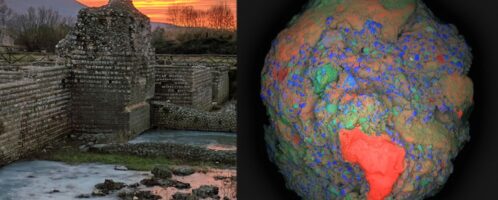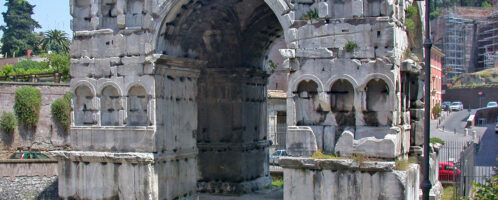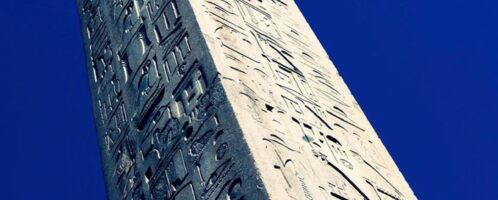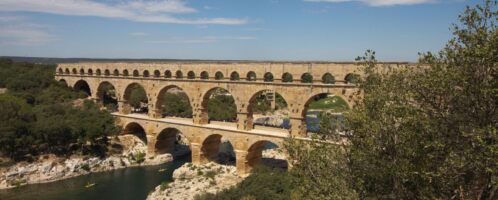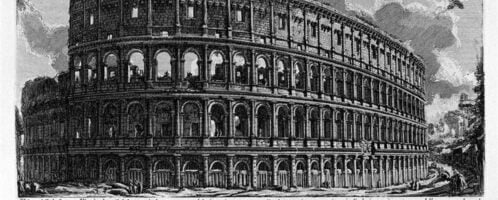Curia Hostilia – first Roman Senate
Curia Hostilia is one of the oldest and most important places related to the political functioning of ancient Rome. Built according to legend by the third king of Rome, Tullus Hostilius, this curia was the central meeting place of the senate – the most important ruling body in the Roman Republic. It was here that senators met to debate laws, war decisions, and foreign policy, shaping the future of one of the greatest empires of antiquity.


